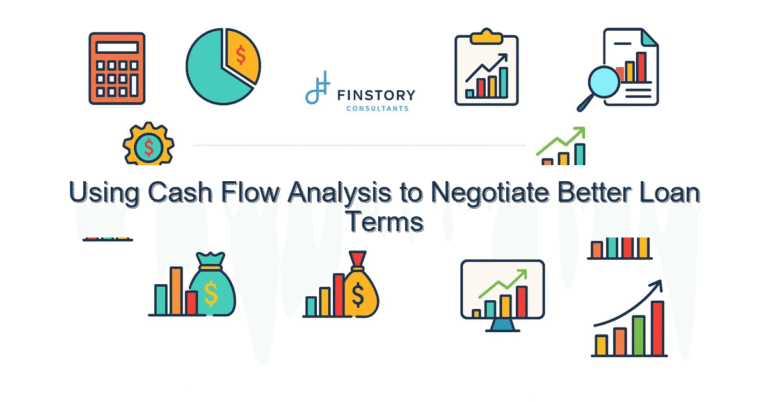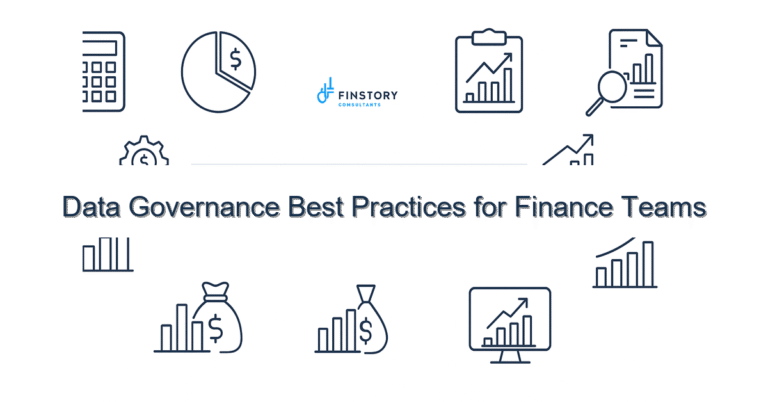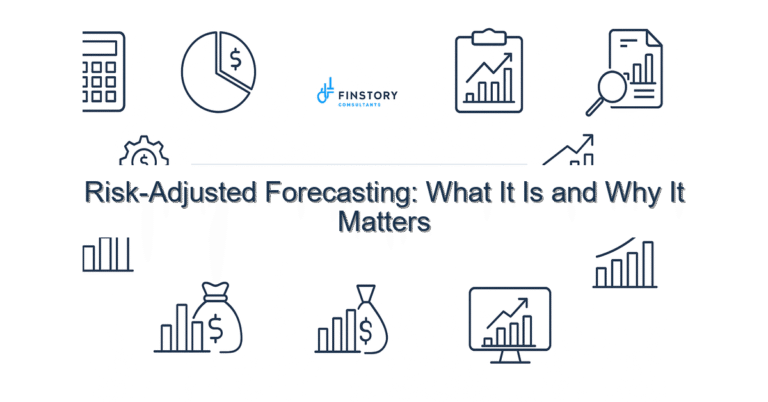Benchmarking Your Business Against Industry Standards
How do you know if your business is doing “well”… or just getting by?
It’s one thing to hit your internal goals — but quite another to know how you stack up against others in your industry. That’s where benchmarking comes in.
What Is Benchmarking?
Benchmarking is the practice of comparing your business’s performance metrics — like revenue growth, profit margins, customer acquisition cost, or overhead — to industry averages or top performers.
It’s like checking your speed on the highway: 65 mph might feel fast… until you see every other car flying by at 80.
Why It Matters
✅ Reveals blind spots: Are you spending more than peers on marketing or overhead?
✅ Identifies strengths: Maybe your profit margins are higher than industry average — that’s a selling point!
✅ Supports strategic decisions: Helps you justify investments, pricing, or cost-cutting moves.
✅ Boosts investor confidence: VCs and banks love when you compare your numbers to benchmarks.
Real-World Example: Retail Store vs. Industry
A boutique retail shop was happy with a 6% net profit margin. But after benchmarking, they found the industry average was 10–12%.
That gap helped them uncover:
- Rent and payroll costs were higher than average
- Inventory turnover was slow
- Marketing ROI was underperforming
With this insight, they renegotiated their lease, adjusted staffing, and ran a more targeted ad campaign — boosting margin to 9% in just two quarters.
Hypothetical Scenario: SaaS Startup
Imagine a SaaS founder who’s hitting $500K ARR. Feels great, right?
But when they benchmarked against similar B2B SaaS startups, they noticed:
- Their Customer Acquisition Cost (CAC) was 40% higher
- Their Monthly Recurring Revenue (MRR) churn was above average
- Their LTV:CAC ratio was below the benchmark
Now they knew where to focus: tighten onboarding, improve retention, and reduce ad spend per customer.
Key Metrics to Benchmark
Depending on your business type, here are some powerful metrics worth comparing:
| Metric | Why It Matters |
|---|---|
| Gross Margin | Tells you if your cost of goods is competitive |
| Net Profit Margin | Shows overall profitability vs. others |
| Operating Expenses | Are you overspending on G&A, marketing, or salaries? |
| Customer Acquisition Cost (CAC) | Critical for SaaS and service businesses |
| Revenue per Employee | Measures efficiency in scaling |
| Inventory Turnover | For product-based businesses |
Where to Find Benchmark Data
- Industry Reports (IBISWorld, Statista, Deloitte, PwC, McKinsey)
- Trade Associations (e.g. National Restaurant Association, SaaS Metrics Standards)
- Benchmarking Tools (LivePlan, ProfitCents, BizMiner)
- Competitor Filings (public companies share financials in 10-Ks)
- Virtual CFO insights 😉
Even informal conversations with peers at networking events can reveal helpful benchmarks.
Actionable Tips to Start Benchmarking
🔹 Pick 3–5 core metrics to compare — don’t overwhelm yourself with 50 KPIs.
🔹 Segment your data — compare apples to apples (e.g., similar company size, stage, or region).
🔹 Review quarterly — business shifts quickly; benchmarks can help track progress.
🔹 Don’t panic over every gap — some variance is normal. Use it to ask “why,” not just react.
How a Virtual CFO Can Help
Benchmarking isn’t just about numbers — it’s about interpretation.
A Virtual CFO can:
- Identify the right benchmarks for your business type and size
- Run comparisons regularly and visually
- Help you build an action plan when you’re off-target
- Ensure your goals are grounded in realistic, industry-backed standards
It’s one of the easiest ways to sharpen your strategy without reinventing the wheel.
Final Thought
Your business doesn’t operate in a vacuum.
By benchmarking against others in your space, you’re not copying — you’re calibrating.
So ask yourself:
“Are we ahead of the curve, or falling behind without realizing it?”
Start with one key metric. Compare. Learn. Adjust.
You’ve got this — and if you’d like an expert to walk you through it, you know where to find us.






